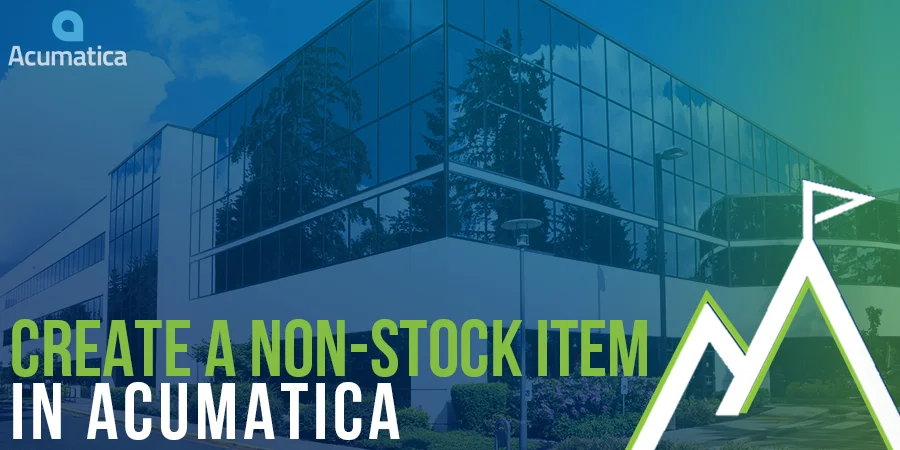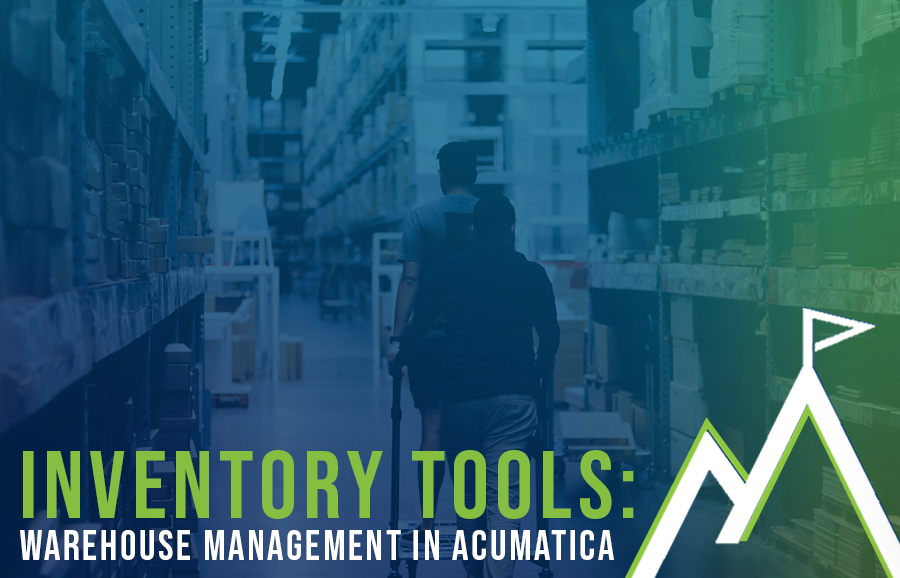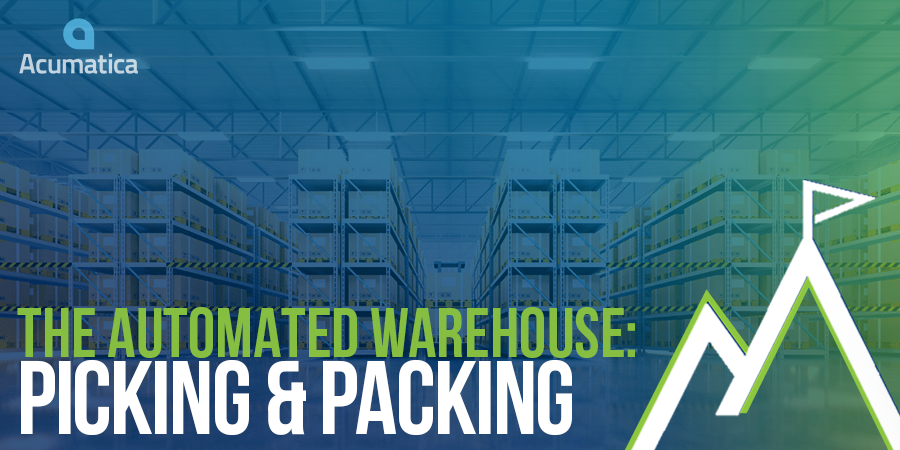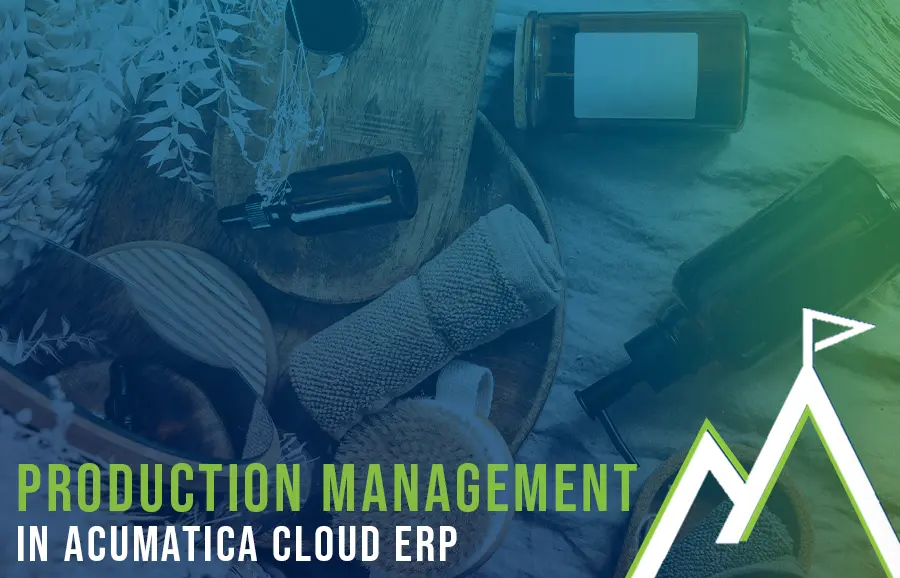Acumatica Inventory Management Tools (Items, Kits, Bill of Materials)
In today’s supply chain climate, effective warehouse management is more important than ever. The world is evolving quickly, and changes are demanded...

One common problem that many businesses face is the need to track non-stock items, such as rent expenses, in their ERP system. In addition to managing inventory items with ease, with a cloud-based ERP (like Acumatica) just a few clicks, you can create a new non-stock item of the charge type with standard cost, making it easier than ever to manage your business expenses.
Let's say your business pays a fixed rent amount every month for its office facilities. With Acumatica ERP, you can simply create a new non-stock item for rent and specify all the necessary settings to make accounting a breeze. Here’s how:
5) On the GL Accounts tab, in the Expense Account box, select the appropriate general ledger account number (in this example, 62900 for "Rent or Lease Expense"). Back on the form toolbar, click "Save."
Next, you need to specify the unit cost for the non-stock item. To do this, follow these steps:
Now you have successfully created a non-stock item.
Acumatica also allows you to update the cost of the non-stock item whenever necessary to make it effective as of the current date. With just a few clicks, you can ensure that your accounting records are always up-to-date and accurate. Now you can better track and manage your expenses, from rent to fees, and more. With accurate and up-to-date records, you can make better informed decisions and optimize your business operations.

In today’s supply chain climate, effective warehouse management is more important than ever. The world is evolving quickly, and changes are demanded...

The bells and whistles provided by a modern warehouse management system are no longer a luxury but a necessity. As businesses continue to grow and...

Your production floor is the backbone of your manufacturing business. The accounting or sales department can be a well-oiled machine on its own, but...